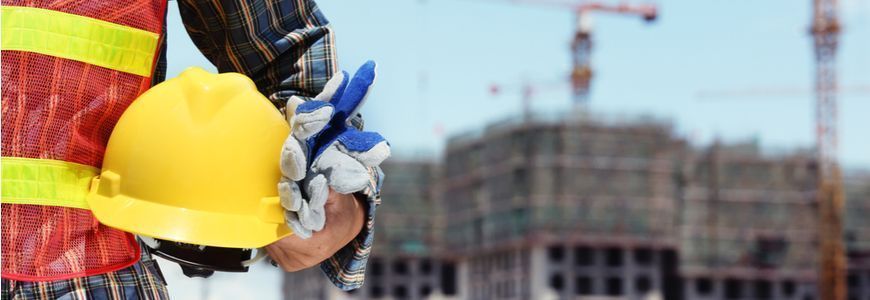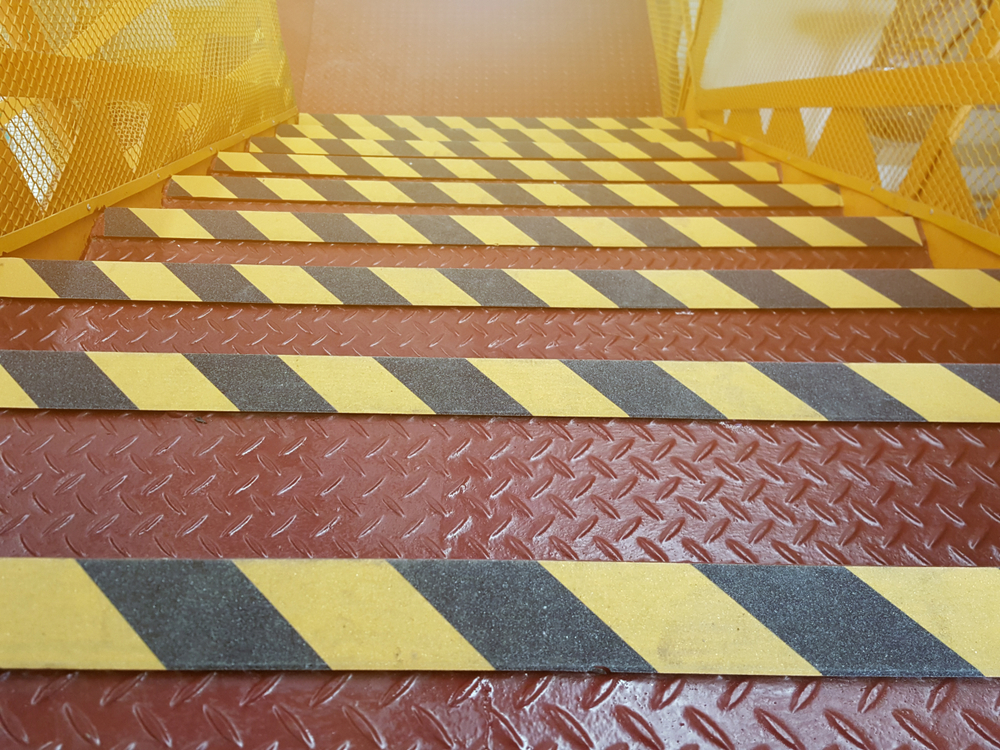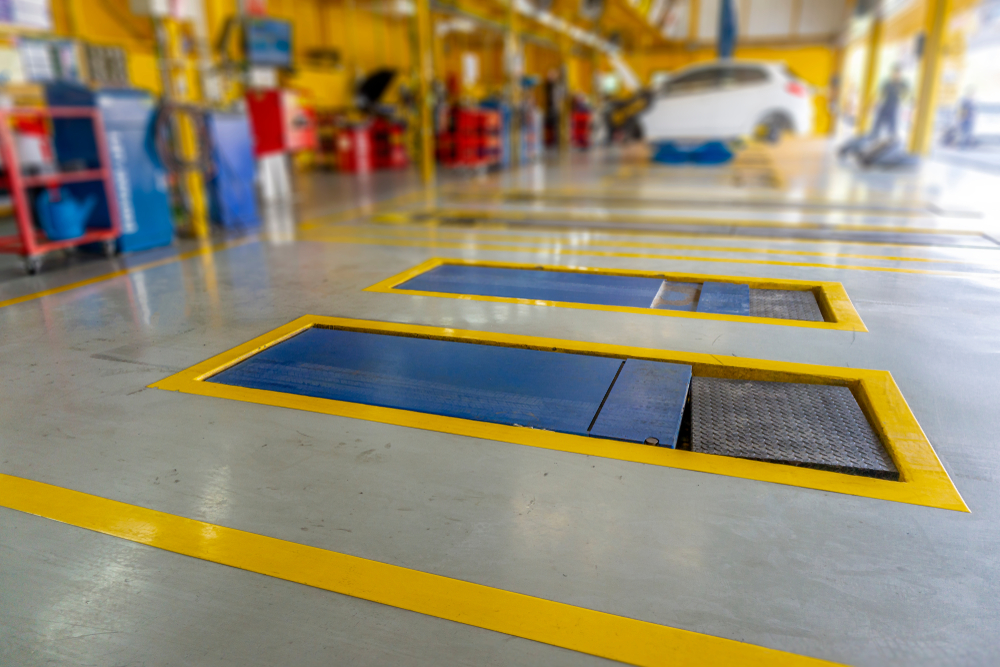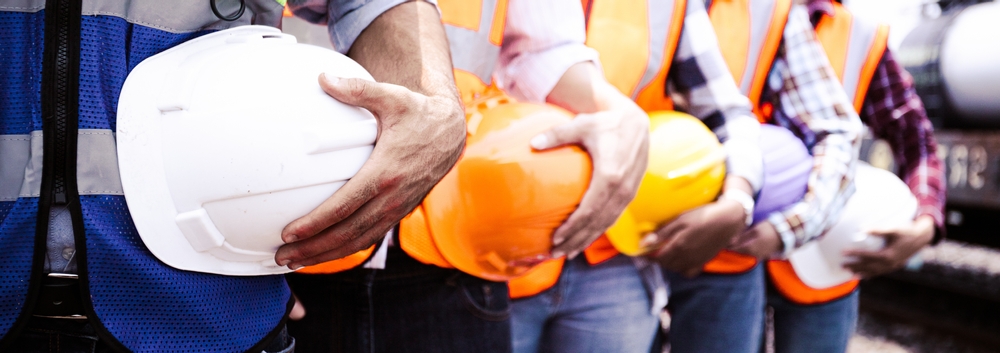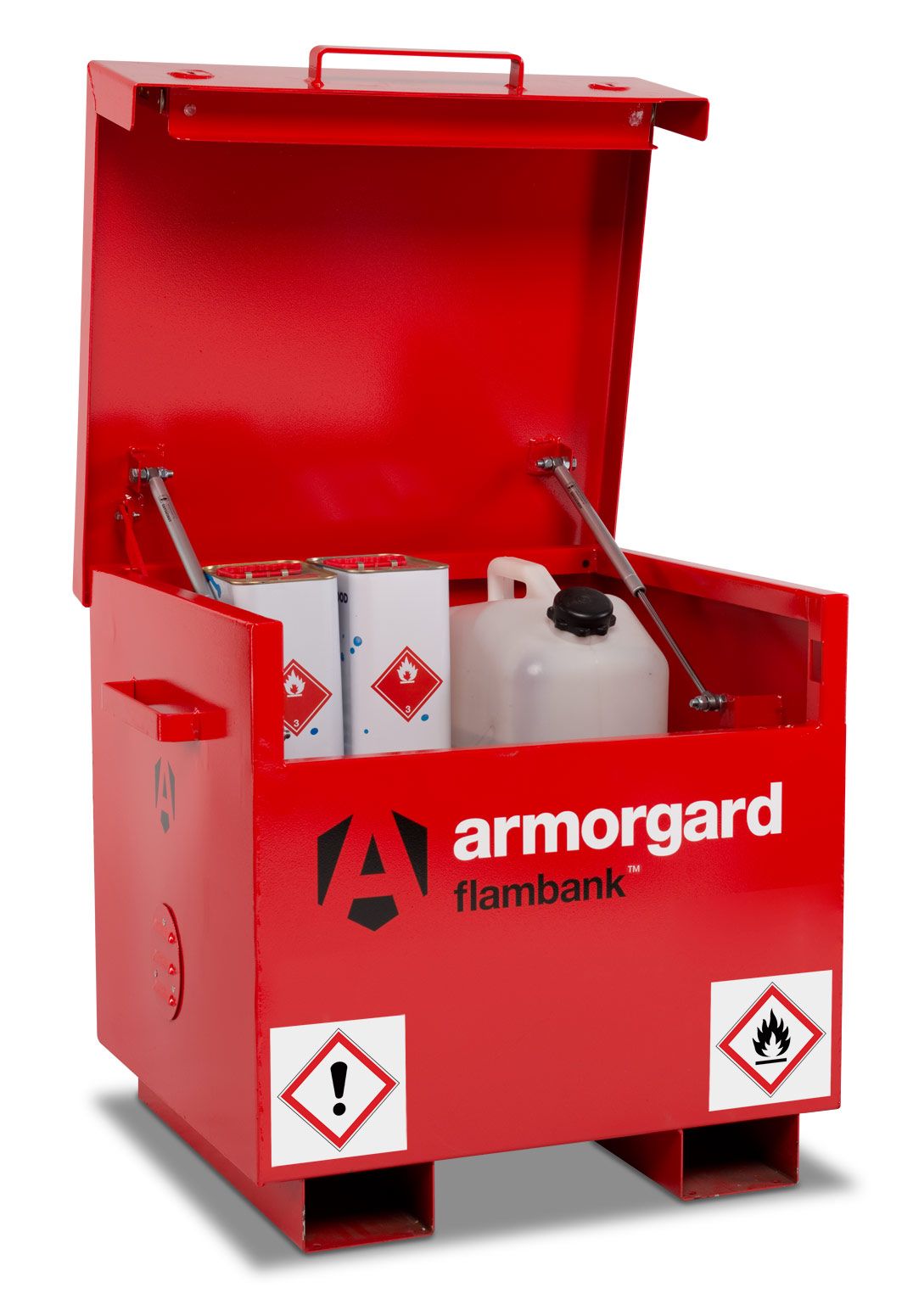No matter what kind of workplace you’re in charge of managing, health and safety is a responsibility that’s as complex as it is essential. Putting the proper measures in place to ensure a safe working environment can be a time-consuming process that requires dozens of variables to be considered and accounted for - so it’s little wonder that some crucial elements often end up getting overlooked.
However, just because some aspects of health and safety are easier to forget about, that doesn’t mean they are any less important - indeed, many of the most frequently overlooked safety issues result from commonplace hazards that can cause considerable problems for employees. Those in charge of workplace health and safety have a responsibility to properly assess all of these potential risks - large and small - in order to provide a workspace that’s truly as safe as it can be.
In this blog, we’ve examined five of the most commonly overlooked workplace health and safety issues, and highlighted some of the steps your organisation can take to minimise these risks.
Improper lifting
Workplace risk assessments often focus on issues that can cause direct harm to employees, but it’s important not to forget about the factors that can result in staff members causing harm to themselves.
One of the most prominent examples of this is the danger posed by improper lifting techniques, especially in working environments where picking up and carrying heavy objects is not necessarily an everyday aspect of the job. Even an object of a moderate weight can become a hazard if workers approach the task incorrectly, as poor lifting technique can quickly result in a strained back, slipped disk or torn muscle.
As such, whenever any lifting needs to be carried out in the workplace, staff should be given guidance on the basics of proper lifting:
- Aim to lift using the legs rather than the back, which means bending at the knee, picking up the item, and then returning to a standing position using the leg muscles
- Ascertain the weight of the item in question before any attempt is made to pick it up
- If an object is particularly heavy or cumbersome, getting another pair of hands involved is always a sensible idea
Slips, trips and falls
Most employers are aware of the need to help prevent slips, trips and falls within the workplace, but they do not always account for the full range of potential risk factors that can lead to accidents and injuries of this kind.
Hoses and cables, for example, may be essential in some working environments, but can cause a serious tripping risk if they are left to trail across the floor. Poor lighting can be another contributor to a dangerous fall, if the lack of visibility makes it difficult to negotiate obstacles or uneven surfaces. It’s also worth spending some time thinking about the different factors that can make a surface slippery or dangerous; a coating of sawdust or a puddle of water can prove treacherous in some circumstances. Meanwhile, other types of flooring - including tiling, buffed concrete and ill-fitted carpet - have inherent risks of their own.
Those in charge of health and safety should make sure they keep surfaces in their working environment as clean and well-maintained as possible, while encouraging staff to remain aware of their surroundings in areas where the risk of trips or falls cannot be fully mitigated. Making use of floor safety products like anti-slip matting and tape can also make a significant difference.
Poor air quality and circulation
There are all sorts of factors that can result in poor air quality within a working space. Some of these - such as dust, debris or chemical fumes - may be natural consequences of the type of work you are carrying out, and cannot therefore be completely avoided. Others may simply be a result of poor maintenance, or a flawed approach to the area’s design.
For example, it may be that your workplace has poor ventilation, making it difficult for people to get fresh air. It could also be the case that a lax cleaning regime has resulted in a build-up of dust or mould, which can trigger allergies and asthmatic reactions that harm both productivity and wellbeing.
To address this problem, managers should ensure that work is always performed in well-ventilated areas that have been properly cleaned and inspected for signs of mould or similar problems. In cases where a degree of air pollution is an inevitable part of the job, then it’s essential to invest in respiratory protection and other personal protective equipment to help workers get the job done safely.
Tech-related distractions
Distractions in the workplace can be hard to predict and plan around - but it’s also an unavoidable fact that in the modern world, there are probably more distractions around than ever before.
When carrying out a hazardous task, workers need their full concentration and undivided attention, something that becomes difficult when they have a buzzing smartphone on hand. Similarly, the popularity of portable media players can lead to an increased risk of crucial alarms, verbal warnings and potentially worrying sounds being missed by an oblivious worker wearing headphones and listening to loud music.
This is why it’s usually best to have a consistent policy in place governing the safe and responsible use of music players and smart devices in the workplace. Naturally, a complete ban on these devices would be excessive (and likely unworkable), but putting appropriate limits on the circumstances in which phones can be checked and headphones worn is an eminently sensible idea.
Lax communication
Perhaps the most important principle of any functional health and safety policy is making sure that everyone in the workplace has access to the information they need to do their job safely; after all, it does nobody any good to design a watertight approach to safety on paper, and then fail to communicate it to those responsible for its actual implementation.
Poor communication can take many forms, including:
- failing to set aside the right amount of time to train all members of staff on their health and safety responsibilities
- neglecting to have a designated person on-site to answer questions when people are unsure what to do
- failing to monitor whether workers are fulfilling their responsibilities in practice
- setting a bad example by having prominent members of management failing to adhere to their own safety rules
In order to keep everyone on the same page when it comes to health and safety, businesses should dedicate time to keep abreast of the latest best practice guidance, and ensure that all staff receive the training they need to understand it; putting up safety signs in appropriate areas can also help to make sure that workers have a constant visual reminder of the most important rules.
Most crucially, it’s vital for managers and those responsible for overseeing health and safety to lead from the front, demonstrating a real commitment to safe working through both their words and their actions. By doing so, they can play a pivotal role in ensuring that avoidable risks are not being overlooked, resulting in a workplace that feels genuinely committed to the wellbeing of those within it.
To find out more about the kind of equipment that can help you minimise some of the most common workplace safety hazards, browse our full range of PPE & workwear, spill control products and safety signage.
 Over 12,000
Over 12,000  Simple no quibble
Simple no quibble  Prompt dispatch &
Prompt dispatch &  UK Mainland Delivery
UK Mainland Delivery 